2017 Ducati Panigale 959 review, road test
A great middleweight sports bike for the track. How well does it do on the street?
Published on Aug 03, 2017 08:00:00 AM
25,722 Views
Follow us on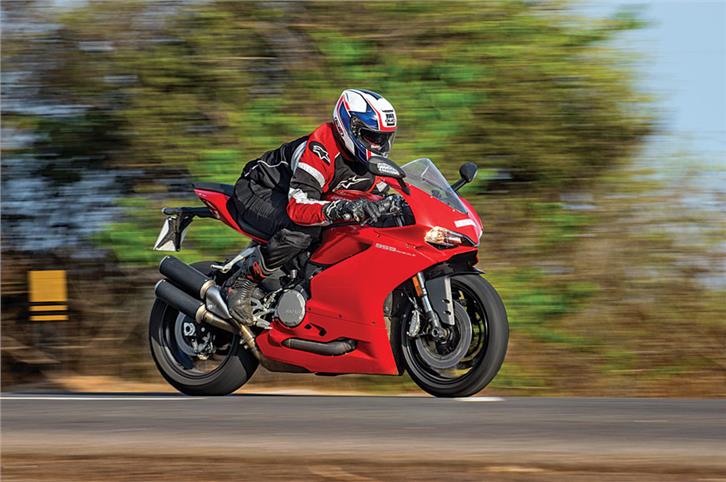
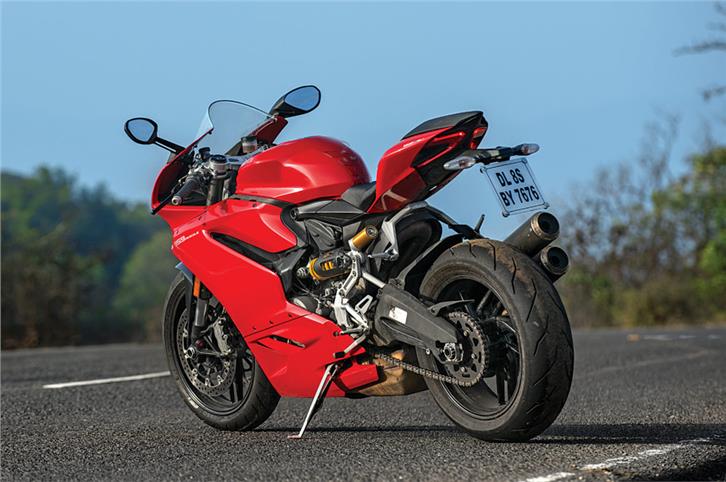
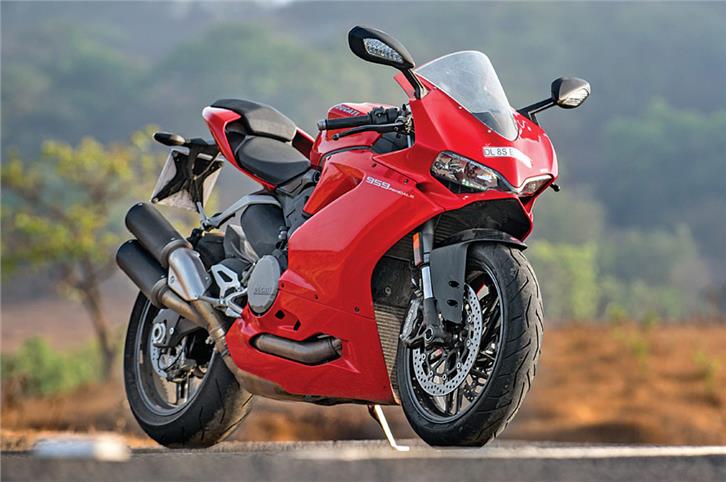
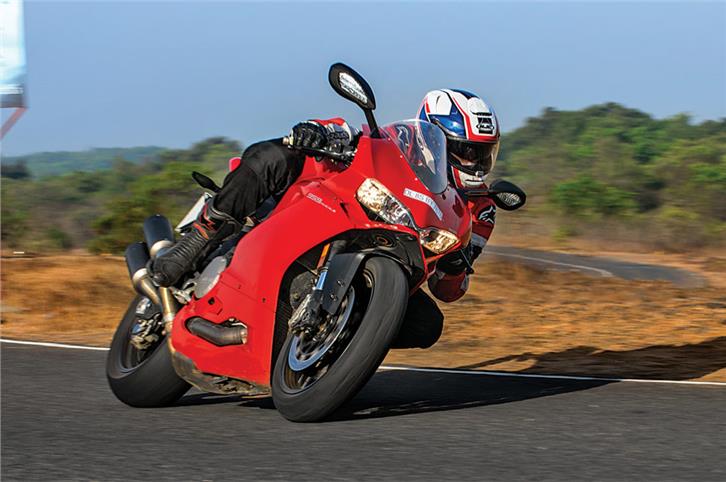
Not all motorcyclists have easy access to a racetrack. In fact, with the scarcity of racetracks in our country, most sports bike owners have to settle for the road.
This is something Ducati is well aware of, and it has attempted to offer the best of both worlds with the Panigale 959. So, while the Panigale 959 has proved to be a stellar machine for the racetrack, we’re here to see what it’s like in the real world. It hasn’t got the goosebump-inducing, near-200hp of grunt of
its older sibling, the Panigale 1299, but instead, it is a replacement for the Panigale 899 which was discontinued at the dawn of Euro-IV emission norms. Although this is a middleweight sports bike, it also happens to be the entry-level sports bike from Ducati’s stable.
Design
The 959 is relatively unchanged from the 899, and that’s not a bad thing. It retains the monocoque chassis from the 899 and the larger Panigale 1299. There are a few changes to the body panels to accommodate the wider front fairing, which gets new, attractive inlet scoops. These scoops sit below the headlights that have the typical Ducati design which adds to the aggressive look of the machine. The windscreen visor is nice and compact, but quite effective in deflecting windblast nonetheless.
The 959 retains the full-digital LCD speedometer, but it appears rather cluttered with all the information on display. It gets a cascading, race-style tachometer with digital readouts for speed, rider modes, electronic aids, engine temperature, real-time and overall fuel consumption, as well as the regular odometer and two trip meters. This unit, however, does feel a bit dated now and is not very easy to operate through the switchgear toggle buttons.
The Panigale 959 gets a tank that looks well-chiselled and muscular but is quite compact. It flows into
a swept seat that is on the stiffer side, but is comfortable nonetheless. The all-new tail unit gets the wide air scoops that sit below a rather well-designed pillion seat. Then there are the signature Panigale twin tail-lights that give the 959 a wholesome, sleek look. Also new are the side-slung, twin exhaust pipes instead of the erstwhile underbelly unit. Another small tweak is the swingarm pivot which has been dropped by 4mm.
Performance
The twin-cylinder engine, too, is based on the motor of the 899, but has been heavily revised to meet Euro-IV emission regulations. The increase in displacement is thanks to a longer stroke, identical to the 1299 Panigale’s. The revisions have helped meet emissions and also increased peak horsepower to 157hp (from 148hp) and torque to 107.4Nm (from 99Nm). To make the best use of the extra grunt, the gearbox is from the 899 but has an added tooth on the rear wheel sprocket to make the overall gearing taller.
Slide the engine kill switch to the ‘on’ position, keep the starter button depressed for a second and the L-Twin engine coughs to life and then settles into a mechanical rumble. In Sport mode, there’s full power on offer from the engine, but throttle response is milder than in the Race mode. The modes also come with presets for electronic aids such the eight-stage traction control, three-level engine brake control and three-level ABS system. The Rain mode lifts the intervention levels high and also caps power at 100hp. The nuances of the modes become apparent when you switch to Race mode. Here, you feel a crisper throttle and a stronger mid-range that can get a bit overwhelming for the street. Although the mid-range is impressive and the top-end serious, you come to terms with the punch from the Superquadro motor almost immediately. It’s safe to say then that Sport mode would be best suited for street conditions.
The little Panigale, although not as feisty as other litre-class motorcycles with 200hp on tap, is not so little on performance. We managed a 0-100kph time of 3.9sec in Sport mode, which is way more than what you need for the street. There is sufficient grunt to carve through city traffic and there’s plenty of juice if you manage to get close to the 11,000rpm mark before the shift light warns you to upshift. Armed with the Ducati Quick Shifter, there really is no drama while going up gears even when exiting corners. A light tap on the lever gets the job done, with a slight lag in the flow of power, but it feels seamless from the saddle. The one area where you need to put in some extra effort is through the corners as it is crucial to have smooth throttle inputs, else the torquey pulse of the engine can make the going feel a bit choppy.
Handling
Once in the saddle of the 959, the first thought that hits you is that it is an incredibly compact motorcycle; it feels slim and tightly packaged. The seat tips you forward towards the slim clip-on handlebars, but the ergonomics aren’t overly aggressive. Again, the rider triangle is identical to the larger Panigale. With a wet weight of 200kg, which is relatively light, the Panigale 959 actually weighs more than its elder sibling. Also, it doesn’t have the forged alloy wheels. But weight aside, it actually feels rather comfortable for a sports bike.
Even during our test ride of over 400km, the 959 did not feel exhausting to ride, unlike some of the more aggressive middleweight sports bikes like the Triumph Daytona 675 or the MV Agusta F3 800. However, navigating heavy city traffic can become a bit painful, especially due to the heat that emanates from the engine. During highway running speeds of about 100-130kph, the engine temperature hovers around the 95 to 98deg C mark, which is quite bearable. At city speeds, however, the temperature can go all the way up to a sizzling 115deg C. This is also more noticeable thanks to
the exhaust bend pipe of the rear cylinder, which runs directly under the rider’s seat.
The Pirelli Diablo Rosso Corsa rubber tyres at both ends provide more than sufficient grip for the street and would be handy on the track as well. What adds to the sense of confidence here is the introduction of a slipper clutch. Slamming down the gears from sixth to second and sticking to a line is all too easy as the rear wheel stays obediently in line. Squeeze on the front discs via the Brembo M4.32 monobloc calipers and there’s more than enough bite force to scrub off speed. The radially mounted master cylinder for the front brake offers a light feel at the lever and good modulation as well. Other elements, such as a single-sided swingarm and Inertial Measurement Unit (IMU)-based cornering ABS have been kept off the equipment list to keep the price accessible. Although, during street use, it would be difficult to push the 959 to the point where these aids would actually matter.
Fuel efficiency
We weren’t really expecting the punchy 955cc motor to delivery great fuel efficiency figures. But
our highway run resulted in a figure of 23.9kpl, and our city run resulted in an 18.3kpl figure – quite respectable for a performance-oriented machine. Combine the highway mileage with a 17-litre fuel tank capacity and you’re looking at a range of nearly 357km between fuel stops. Of course, that’s if you don’t succumb to the itch of really wringing that throttle wide open. The 959 really does have the capacity to cover a fair amount of distance during street use.
Tech Specs 
Copyright (c) Autocar India. All rights reserved.

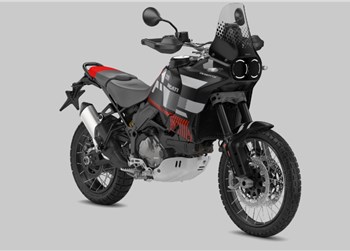
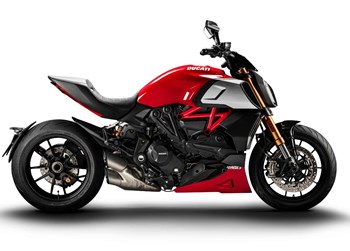

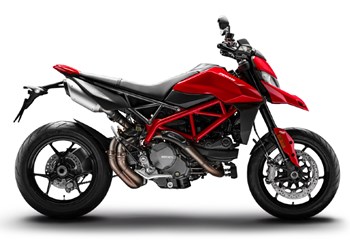

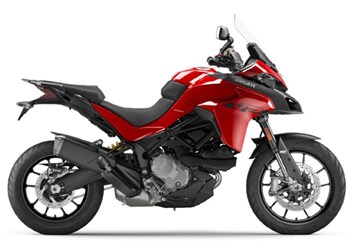
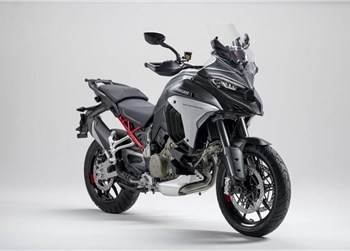
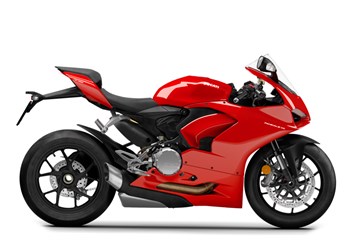

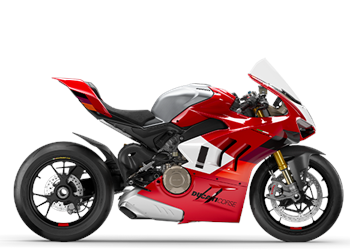
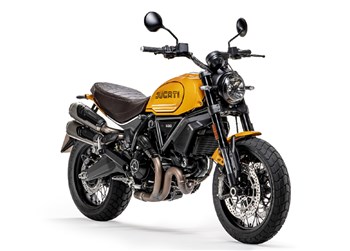


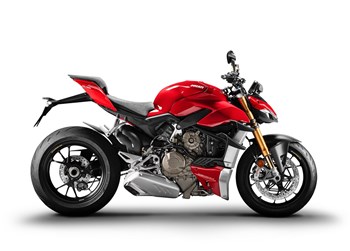
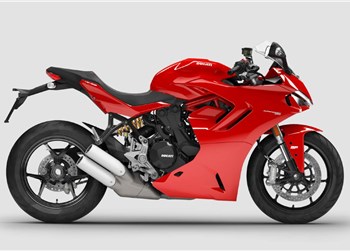

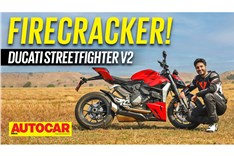
 Speedo Error
Speedo Error Dimensions & Chassis
Dimensions & Chassis Engine
Engine Transmission
Transmission Braking
Braking Efficiency
Efficiency Acceleration
Acceleration Suspension
Suspension Brakes
Brakes
Comments
Member Login
Personal Details
No comments yet. Be the first to comment.